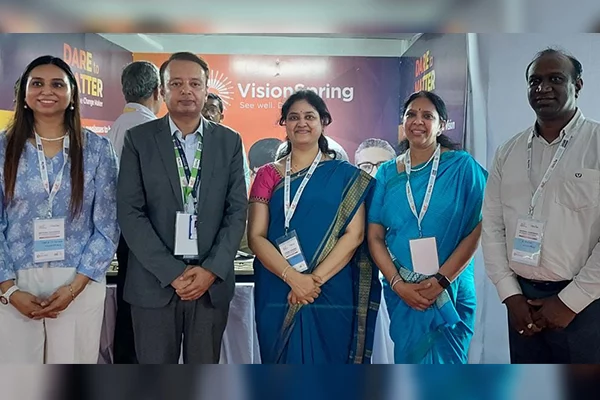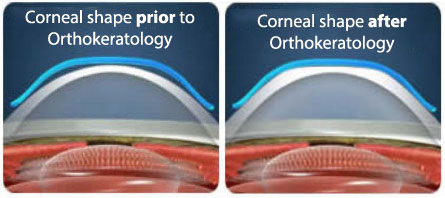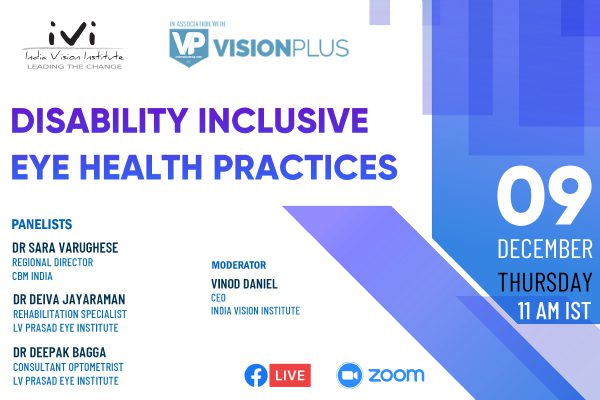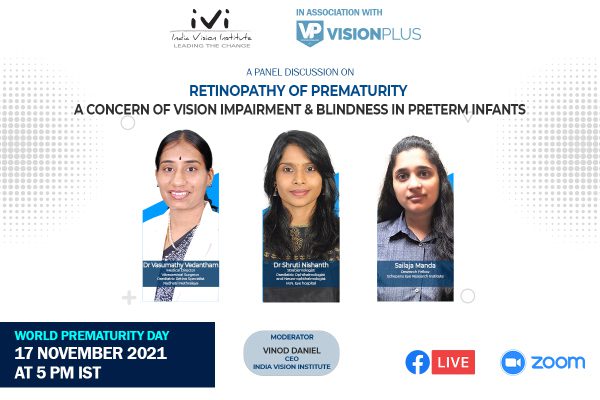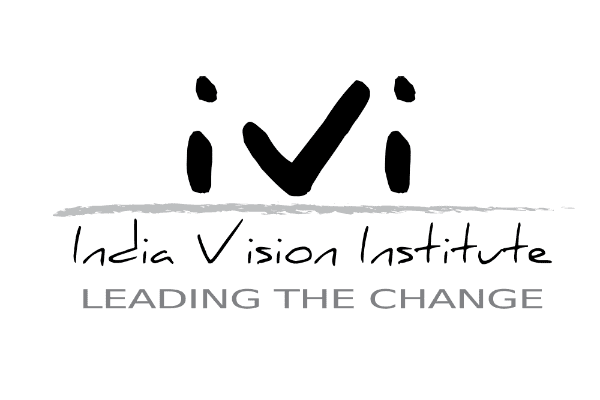Google has said it is testing a ‘smart contact lens’ that can help measure glucose levels in tears…might take five years to reach consumers!
Google has unveiled a “smart contact lens” that monitors glucose levels in tears, anticipated as the optimum wearable technology, the device could be a boon for millions of diabetics who have to prick their fingers to draw their own blood as many as 10 times a day to test the glucose level.
The prototype, which Google says will take at least five years to reach consumers, is one of several medical devices being designed by companies to make glucose monitoring for diabetic patients more convenient and less invasive than the conventional finger pricks.


The lenses use a minuscule glucose sensor and a wireless transmitter to help those among the world’s 382 million diabetics who need to keep a close watch on their blood sugar and adjust their insulin jabs.
The sensors are so small that they ”look like bits of glitter.”
The firm said it is also working on integrating tiny LED lights that could light up to indicate that glucose levels have crossed certain thresholds.
But it added that “a lot more work” needed to be done to get the technology ready for everyday use.
“It’s still early days for this technology, but we’ve completed multiple clinical research studies which are helping to refine our prototype,” the firm mentioned in their blog.


But research on the contact lenses began several years earlier at the University of Washington, where scientists worked under National Science Foundation funding. Until now, when Google shared the project with The Associated Press, their work had been kept under wraps.
American Diabetes Association board chair Dwight Holing said he’s gratified that creative scientists are searching for solutions for people with diabetes but warned that the device must provide accurate and timely information.
“People with diabetes base very important health care decisions on the data we get from our monitors,” said Dwight Holing.
According to the International Diabetes Federation, one in ten people across the world’s population are forecast to have diabetes by 2035. People suffering from the condition need to monitor their glucose levels regularly as sudden spikes or drops are dangerous. At present, the majority of them do so by testing drops of blood.

The device looked like a typical contact lens when Otis held one on his index finger. On closer examination, sandwiched in the lens are two twinkling glitter-specks loaded with tens of thousands of miniaturized transistors. It’s ringed with a hair-thin antenna.
“It doesn’t look like much, but it was a crazy amount of work to get everything so very small,” Otis said at Google’s Silicon Valley headquarters. It took years of soldering hair-thin wires to miniaturize electronics, essentially building tiny chips from scratch, to make what Otis said is the smallest wireless glucose sensor ever made.
“There are a lot of people who have big promises,” said Dr. Christopher Wilson, CEO of NovioSense. “It’s just a question of who gets to market with something that really works first.”
Palo Alto Medical Foundation endocrinologist Dr. Larry Levin said it was remarkable and important that a tech firm like Google is getting into the medical field, and that he’d like to be able to offer his patients a pain-free alternative from either pricking their fingers or living with a thick needle embedded in their stomach for constant monitoring.
“Google, they’re innovative, they are up on new technologies, and also we have to be honest here, the driving force is money,” said Dr. Larry Levin.
Worldwide, the glucose monitoring devices market is expected to be more than $16 billion by the end of this year, according to analysts at Renub Research
The Google team built the wireless chips in clean rooms, and used advanced engineering to get integrated circuits and a glucose sensor into such a small space.


Researchers also had to build in a system to pull energy from incoming radio frequency waves to power the device enough to collect and transmit one glucose reading per second. The embedded electronics in the lens don’t obscure vision because they lie outside the eye’s pupil and iris.
Google is now looking for partners with experience bringing similar products to market. Google officials declined to say how many people worked on the project, or how much the firm has invested in it.
“This has the potential to be a real game changer, but the devil is in the details. You can take it to a certain level in an academic setting, but at Google we were given the latitude to invest in this project,” said one of the lead researchers, Brian Otis. “The beautiful thing is we’re leveraging all of the innovation in the semiconductor industry that was aimed at making cellphones smaller and more powerful. People with diabetes base very important health care decisions on the data we get from our monitors,” Brian Otis added.
Google’s latest foray with the smart contact lens is aimed at a sector where consumer demand for such devices is expected to grow. Google said it was testing a prototype of the lens that could “generate a reading once per second.”
“This is an exciting development for preventive healthcare industry, it is likely to spur a range of other innovations towards miniaturizing technology and using it in wearable devices to help people monitor their bodies better,” said Manoj Menon managing director of consulting firmFrost & Sullivan
Google said it was working with the US Food and Drug Administration (FDA) to bring the product to mainstream use. It added that it would look for partners “who are experts in bringing products like this to market,” they would work with these partners to develops apps aimed at making the measurements taken by the lens available to the wearer and their doctor.


An early, outsourced clinical research study with real patients was encouraging, but there are many potential pitfalls yet to come, said University of North Carolina diabetes researcher Dr. John Buse, who was briefed by Google on the lens last week.
Among those is figuring out how to correlate glucose levels in tears as compared with blood. And what happens on windy days, while chopping onions or during very sad movies? As with any medical device, it would need to be tested and proved accurate, safe, and at least as good as other types of glucose sensors available now to win FDA approval.
Google’s contact lens project isn’t the first of its kind. In 2011, Microsoft partnered with the University of Washington to build contact lenses featuring glucose sensors capable of transmitting their readings to devices via radio.
This isn’t Google Glass in a contact lens, but it may just be Google’s first step in this direction. The company’s Google X lab just teased a smart contact lens on its google blog that is meant to help diabetics measure their glucose levels.


“It’s still early days for this technology, but we’ve completed multiple clinical research studies which are helping to refine our prototype,” the firm said in their blog.
“We hope this could someday lead to a new way for people with diabetes to manage their disease.”


